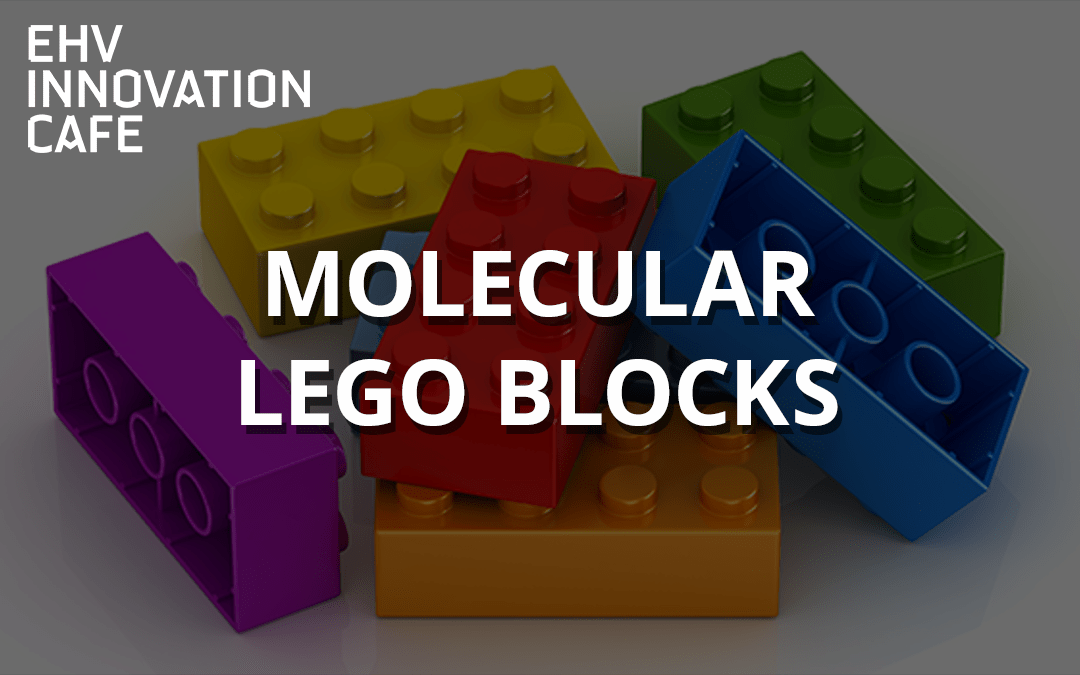How do you become a molecular LEGO-master? Patricia Dankers discussed designing a synthetic extracellular matric with the help of molecular LEGO blocks.
Countless molecular interactions in our body, our tissues, in and outside of our cells define the functions of our organs, and forms the basis of life. Gaining control over these processes with synthetic materials will make it possible now and in the future to steer regeneration. Inspired by the extracellular matrix (ECM), a complex natural material in which cells are caught, they mimic one or multiple characteristics of the EXM. For this, they synthesize so called molecular LEGO blocks.
Goal is to make materials that can function on different time and length scales. To introduce complexity, multiple design criteria are drawn up. On top of that, they developed libraries of different types of materials to find one with a specific function via complex formulations and high-throughput screening. However, to make a material clinically applicable, simplicity is important. Therefore: the tradeoff between complicity and simplicity is necessary, and the question is which LEGO blocks we can and cannot use. The strength lies in the control over chemistry.
Patricia Dankers studied chemistry at the Catholic University Nijmegen and promoted in Technical Natural Sciences at the TU/e in 2006. After, she worked as SupraPolix and the University Medical Centre in Groningen. She defended her second thesis in Medical sciences at the University of Groningen in 2013. In 2010 she worked at the Northwestern University in Chicago. She continued her university teaching at the Tu/e. In 2017 she was appointed professor. She finds it important to enthuse the larger crowds for science and the beautiful world of chemistry and materials.
Missed this edition? Don’t worry, we’ve got your back. Rewatch the talk and Q&A here:

